How a Winnipeg costume designer created might for the muted in adaptation of Miriam Toews's Women Talking
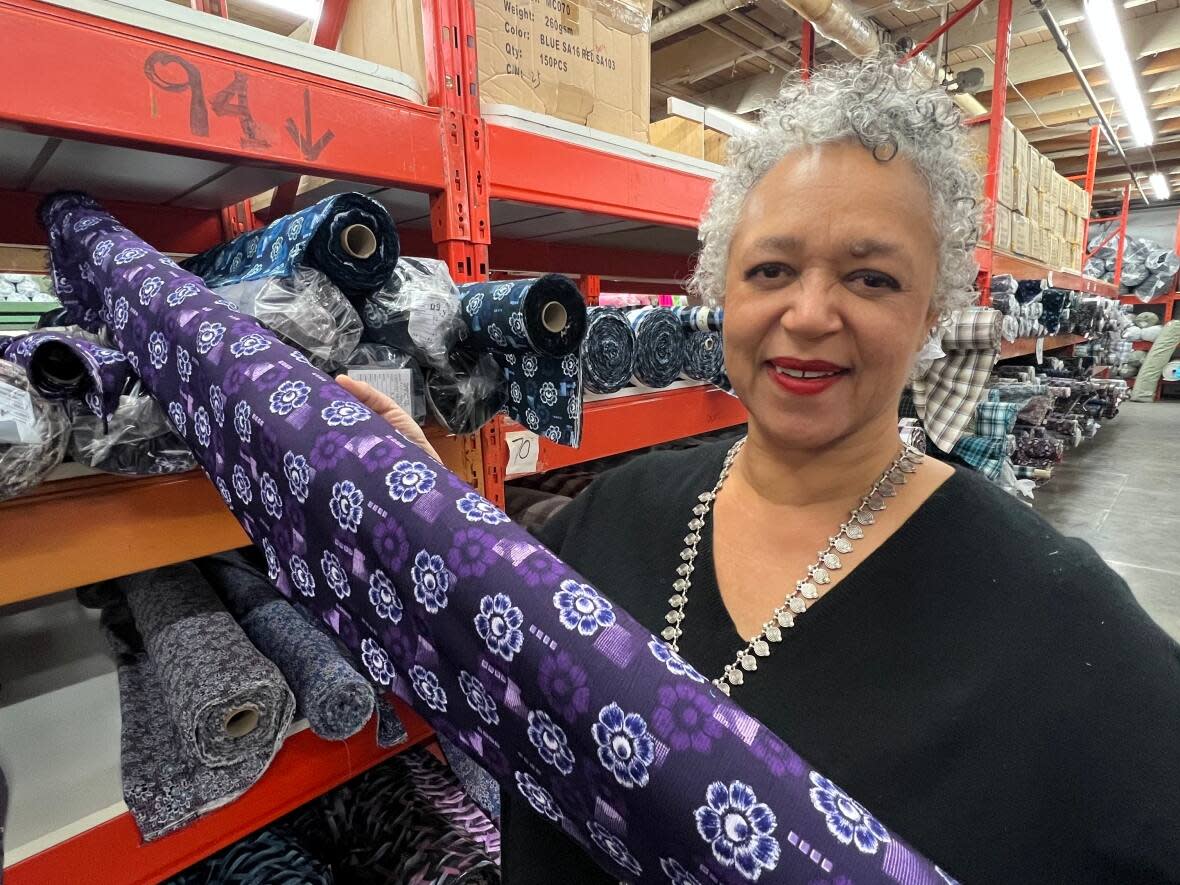
In many ways, Quita Alfred was designed to bring director Sarah Polley's vision to life on the big screen.
The internationally renowned costume designer says her various worlds collided when she was contacted in January 2021 about working on the film Women Talking, an adaptation of the novel by Manitoba-born Miriam Toews that's set for wide release this month in Canada, after screening at film festivals last year.
Alfred was initially contacted by film producer Lyn Lucibello, and "when I heard that Sarah was involved I really thought I was being pranked," she said.
A tearfully joyful reunion with Polley on a Zoom call followed.
Alfred was an assistant costume designer on the CBC TV series Road to Avonlea, which featured a young Polley in a leading role from 1990-94.
"I hadn't spoken to Sarah in many, many years but I had watched her from afar develop into a wonderful artist and human being," Alfred said. "Sarah is such a brilliant mind. I would follow her anywhere."
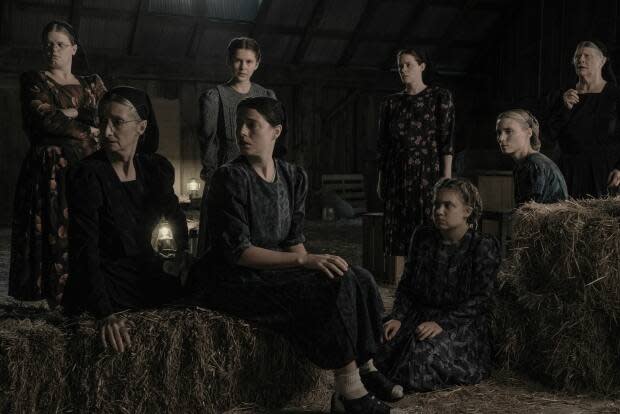
Alfred grew up in Winnipeg but moved to Toronto in 1982 to study theatre production. She now splits her time between the two cities to be around her parents, who still live in Winnipeg.
During the call with Polley, she found out the film was an adaptation of the novel by Steinbach-born Toews, another Manitoban turned Torontonian.
"Miriam's one of my favourite writers so I was even more intrigued," Alfred said, noting Women Talking was one of the only books by Toews that she hadn't yet read — something she immediately remedied.
The story follows a multi-generational group of eight women grappling with the aftermath of being repeatedly drugged and raped by men in their Mennonite colony. It's loosely based on real-life events at the Manitoba Colony, an ultraconservative Mennonite community in Bolivia.
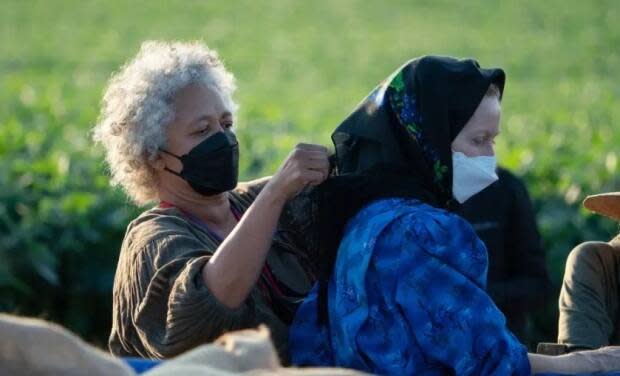
Alfred happened to be in Winnipeg during that call with Polley, who had no idea the designer was from southern Manitoba — an area with a large Mennonite population.
"I said, 'I'm looking out my front window at my Mennonite neighbours as we speak,'" said Alfred, who is not Mennonite herself.
"My teachers, my colleagues, my teammates, my friends and schoolmates [while growing up], many of them are Mennonites. The culture has a lot of history here."
'Graciousness' in Mennonite community
After accepting the role of principal costume designer, she turned to Toews's backyard for insight in dressing the actors, visiting Mennonite communities before eventually heading back to southern Ontario, where the film was shot.
"By doing that, I had a world open to me that I would never have had access to otherwise," Alfred said.
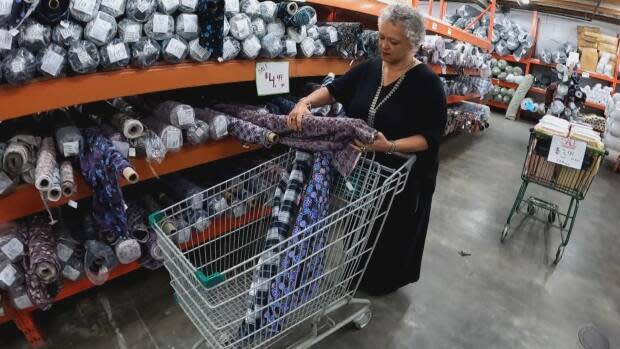
Through a few phone calls she met Mary Anne Hildebrand, who lives in Winkler, a southern Manitoba city with a significant Mennonite population.
"My job was to go into the community and find people to connect with Quita — people who were of either [of] Mexican Mennonite origin or Bolivian," said Hildebrand, a social worker by trade and Mennonite by birth.
"I didn't go into this without concerns, because I had wondered — together with Quita — how open people would be [wanting] to want to talk about this, knowing that a movie would be made about them, and how sensitive that would be.… Would they even want to talk about their culture to us?"
WATCH | Quita Alfred explains how she chose fabric to express character:
What they found, though, was people eager to share their heritage and knowledge, along with their sewing methods and the reasons behind those methods, Alfred said.
"Everywhere I went, this happened in the community — this graciousness, kindness and helpfulness."
One person was a fabric store owner who had authentic Mennonite clothing materials and patterns — decades old and carefully stored in paper — from which Alfred studied cuts, stitching, buttons and pockets.
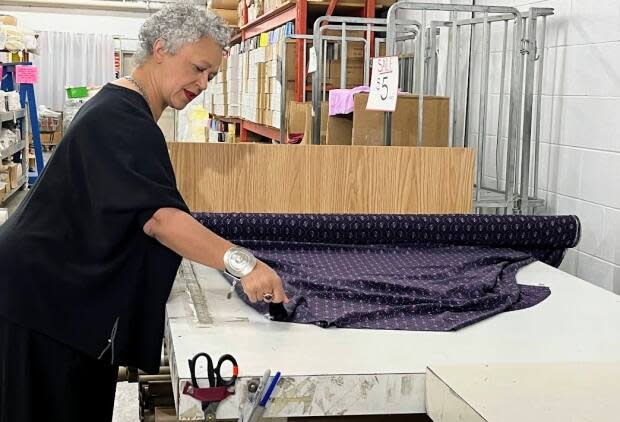
She could have copied designs from pictures, and they would have looked similar, but they would have lacked the accuracy that reflects the cultural significance, Alfred said.
The conservative Mennonite style — plain dress — features modest designs of sturdy fabric, intended to show gender roles and communal identity. Alfred met with people familiar with plain dress, including some who lived in conservative Mennonite communities.
'Almost subliminally represent character'
The challenge was to find the nuances within those strict and narrow parameters in order to establish unique identities for the characters.
"I had to choose fabric and textures and colours and scale of pattern to almost subliminally represent character," Alfred said.
Polley and the film's cinematographer wanted a look reminiscent of an old postcard — not quite sepia toned or black and white, "but as though the world in which these women lived was becoming something of the past, and that perhaps their choices could move them into something more contemporary," Alfred said, describing it as a "desaturated palette."
Alfred found her materials in Winnipeg's Marshall Fabrics, but more specifically, a back section known as the "colony wholesale." There, she decided how to divide the film's families into "moods" through colour.

The Friesens are defined by pure tones of purples and blues and repetitive patterns on a small scale, something Alfred describes as electric and implying forward motion.
For the Loewens, she was drawn to more natural colours like greens and browns, with more irregular and loose patterns of swirls "that spoke of murkiness, and perhaps deep troubled waters," Alfred said.
"All of those Loewen women did have a lot of unexpressed emotions going on, whereas the Friesens were somewhat more outspoken."
For the film's Janz family — the most conservative — Alfred turned to the colour of rust, implying "immovability or things that had died and not moved for a long time."
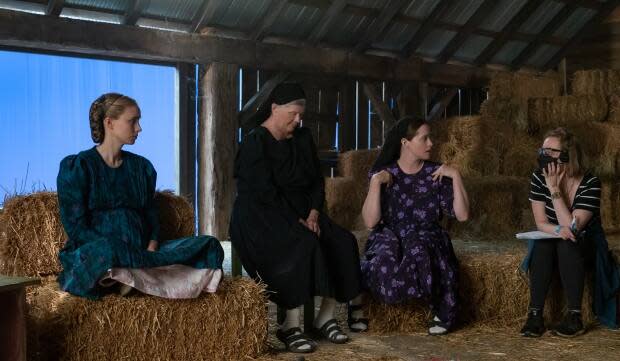
Then there was the body augmentation unseen by the audience, added to help the actors alter their physicality.
"None of those women have had 10 children and lived on a farm their entire lives and done backbreaking work. They wanted to experience living in bodies that weren't like their own," Alfred said.
Restrictive garments, like compression wraps, gave the actors the sense they needed support after multiple births. For others, oversized clothes suggested poor health and that they had withered within the garment, Alfred said.
Jessie Buckley, who plays Mariche, carried rocks in her pocket to remind herself of the character's need to defend herself.
"Little things like that helped me help the actors get what they wanted out of these very simple dresses," Alfred said.



